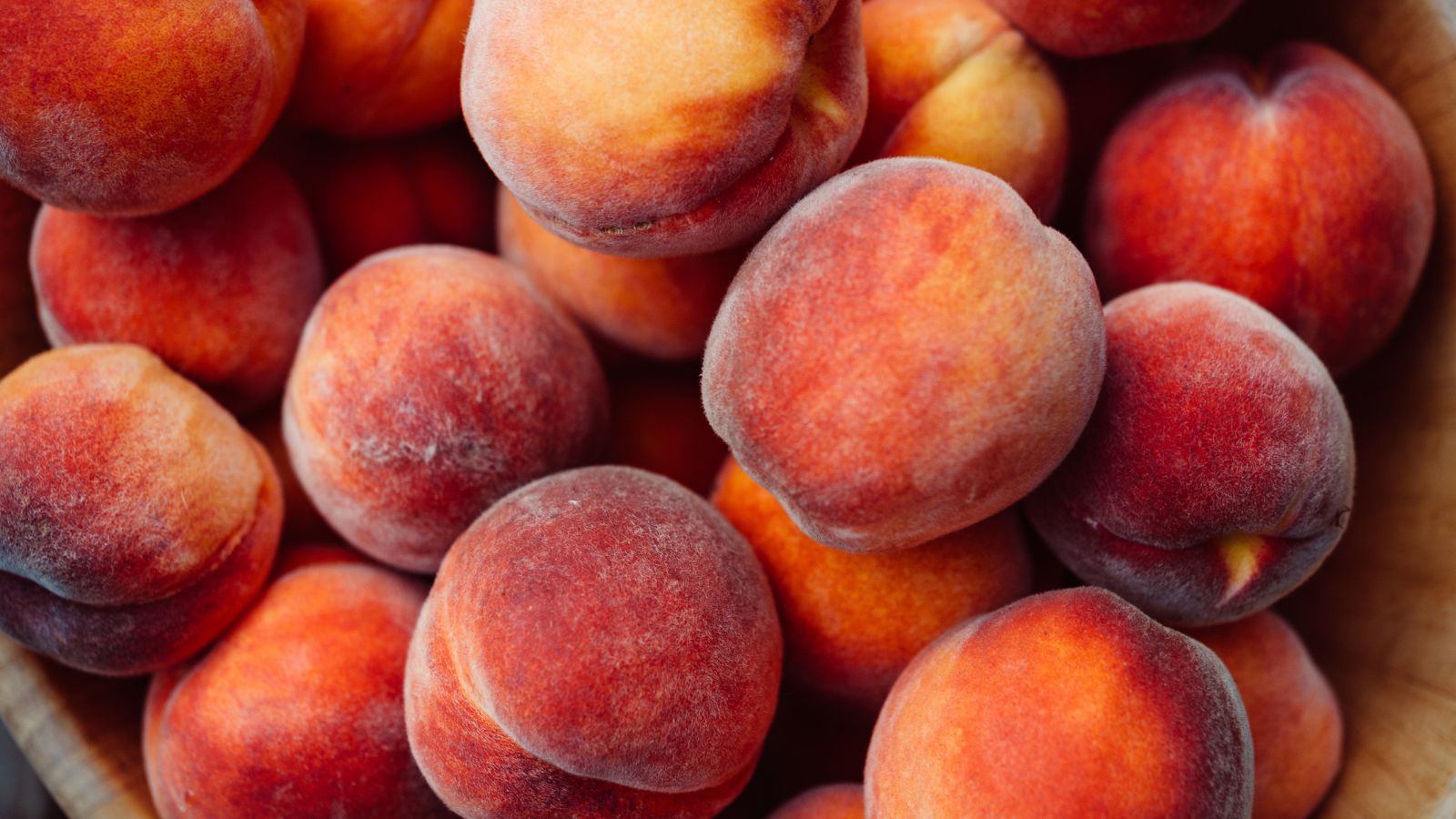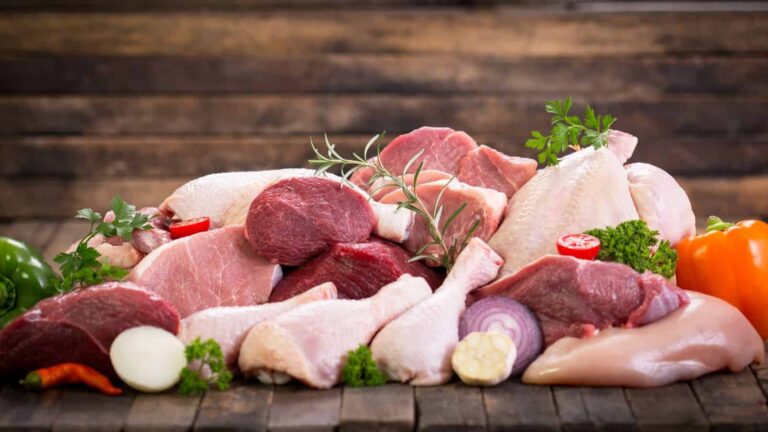The rate at which food spoils depends greatly on its type, origin, initial freshness, and storage conditions. To ensure food safety and maintain optimal taste, texture, and nutritional value, some foods should be consumed as soon as possible. Here’s a list of the 18 most perishable food items you need to eat quickly.
Fresh Juices

According to Philips, homemade fruit juices quickly change color, lose their nutritional value, and become unsafe to drink after only a few days. Fresh juices contain a lot of moisture and readily available sugars and lack the natural preservatives found in processed shop-bought cartons. For these reasons, they spoil quickly and should be enjoyed shortly after juicing.
Tomatoes

Tomatoes contain a lot of moisture and sugars and typically have fragile skins that are easily split or bruised, allowing bacteria and mold to gain a foothold. Avoid buying overripe or damaged tomatoes and always store them in the crisper drawer, separate from other fruits like bananas, apples, and avocados, which release ethylene gas.
Berries

All Recipes warns, “Berries carry mold spores that cause them to deteriorate very quickly. And that mold can spread through a whole basket of berries in a flash.” The skins of raspberries, blueberries, blackberries, strawberries, and cranberries are also thin and easily destroyed by bacterial or fungal growth—their high sugar content doesn’t help matters, either.
Cream

Cream is a dairy product with a high fat content (which does increase its longevity) but also contains water and protein that promotes bacterial growth. Once opened, even heat-treated (pasteurized) cream should be consumed as soon as possible. The pasteurization process extends its longevity but doesn’t guarantee sterility, even when sealed.
Bananas

As they ripen, bananas release ethylene gas, which accelerates their ripening process and rapidly leads to overripe, mushy, and overly sweet fruit. While this type of banana works well in cakes and pancakes, it isn’t pleasant to consume fresh. When grocery shopping, try to pick bananas at varying stages of ripeness so you can enjoy them at their best daily.
Fresh Fish

Fish flesh is a moist, protein-rich environment ideal for bacterial growth. The New York Times also asserts that fish are cold-blooded and most food fish are cool-water species (e.g., cod and sardines), so their flesh is naturally much cooler than, say, chicken. Additionally, enzymes in fish flesh naturally break down tissues post-mortem, speeding up spoilage.
Peaches

Like berries, furry peaches have a high water content, thin skin, and a relatively high sugar content, making them susceptible to moisture loss, wrinkling, mold, and bacterial growth. Additionally, bruising during handling can accelerate the spoilage process. Real Simple warns that rough handling easily bruises them, which can also contribute to their short shelf life.
Shellfish

Oregon.gov states, “Eating raw or undercooked seafood, especially clams, mollusks, oysters, and scallops, can be dangerous.” They must be cleaned, stored for a limited time in a cold environment, and cooked properly before consumption. Crustaceans like shrimp and crabs are also high in protein and moisture, creating optimal conditions for bacteria to grow.
Avocados

Avocados are unique because they are supposed to ripen after harvesting. During this process, they respire more and produce ethylene gas, leading to softening and rapid spoilage after they reach peak ripeness. Once cut, avocados don’t last long at all because air exposure causes browning via enzymatic action, and airborne bacteria quickly grow on the flesh.
Mushrooms

If improperly stored, these fungi quickly turn brown and wrinkled and can become slimy from excessive bacterial growth. Once again, their delicate cell walls and high water content are to blame. Mushrooms also exhibit ongoing biological processes that continue after they’re harvested and speed up the decomposition process.
Soft Cheese

Soft cheeses like brie or camembert contain much more water than hard cheeses like parmesan and cheddar. Healthline also warns that their creamy texture increases the surface area available to mold spores and bacteria, contributing to faster spoilage. Be particularly vigilant with cheeses like feta, goat’s cheese, cottage cheese, and ricotta.
Asparagus

Asparagus spears contain a lot of moisture, have relatively delicate skins, and contain sugars that attract microbial growth. This is especially true of the tender tips, which are particularly susceptible to spoilage because they are more delicate and easily damaged than the tougher stalk bases.
Roasted Vegetables

While roasting vegetables may enhance their flavor and add oil (typically a preservative), the process also destroys their protective, waxy coatings and damages their skins and cell walls. They still have a moderately high moisture content, and the roasting process can introduce contaminants, speeding up spoilage.
Raw Meat

Raw meat, including poultry and red meat, is a protein-rich source of nutrients that microbes easily feed and multiply on. If kept outside the fridge, raw meat can go bad within hours or even faster in warm, moist climates. The presence of blood (watery and highly nutritious) also encourages bacterial growth.
Kale

Does It Go Bad? asserts that fresh goes bad much quicker than bagged kale, which can last only 1–2 days. The high water content of its leaves and the vast surface area for mold spores and bacteria to attach to are problematic, while leaf damage during handling can also contribute to faster spoilage.
Live Yogurt

Live yogurt is a cultured dairy product that contains live and active bacteria. While these microbes benefit gut health and digestion, they can also contribute to spoilage if the yogurt is not stored correctly at a consistently low temperature. In addition, flavored yogurt often contains fruits and sugars that can provide food for growing bacteria.
Cracked Eggs

The protective shell of an egg acts as a very effective barrier against bacteria. However, once cracked, the internal contents (yolk and white) become exposed to airborne contaminants and moisture, making them easily infected by bacteria, including salmonella. We recommend that you don’t store eggs this way and cook or use them immediately.
Fresh-Cut Herbs

Many chefs despair at the extremely short shelf lives of fresh-cut herbs like parsley, basil, and coriander. Like other leafy greens, herbs have a high moisture content and fragile structure, making them susceptible to rapid wilting and spoilage by both bacteria and mold. If stored properly, they can last a few days but will often lose their crispness even then.

